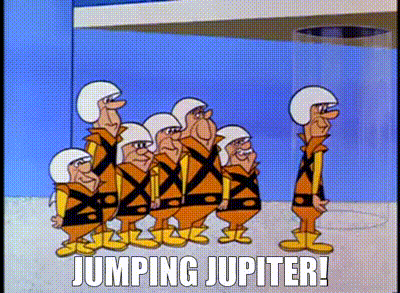We Never Know
No Slack
Not sure about my take on this. Never heard it before. Have you?
"Jupiter does not technically orbit the sun — because it's so dauntingly massive."
https://www-independent-co-uk.cdn.a...ence/jupiter-big-orbit-sun-mass-a7866586.html
"Jupiter does not technically orbit the sun — because it's so dauntingly massive."
https://www-independent-co-uk.cdn.a...ence/jupiter-big-orbit-sun-mass-a7866586.html

